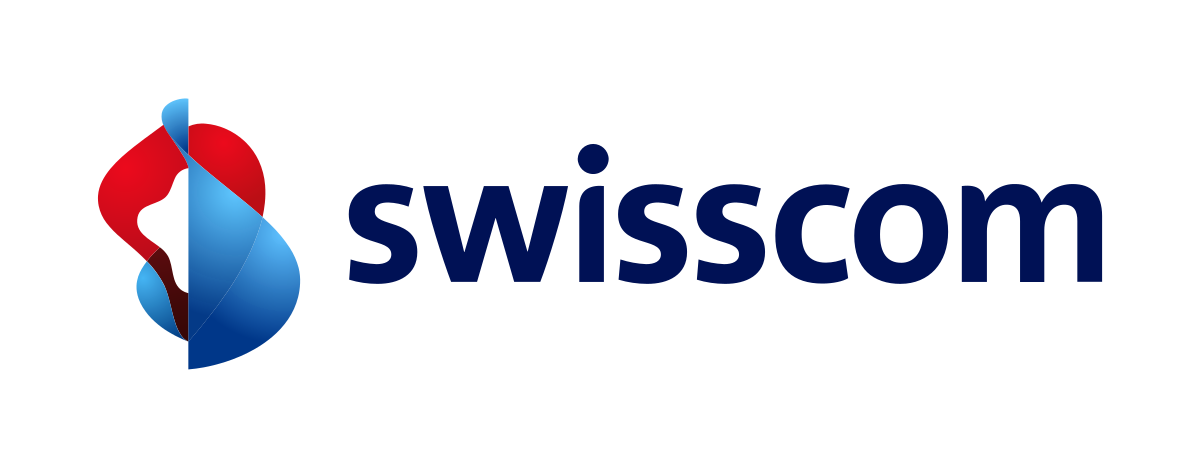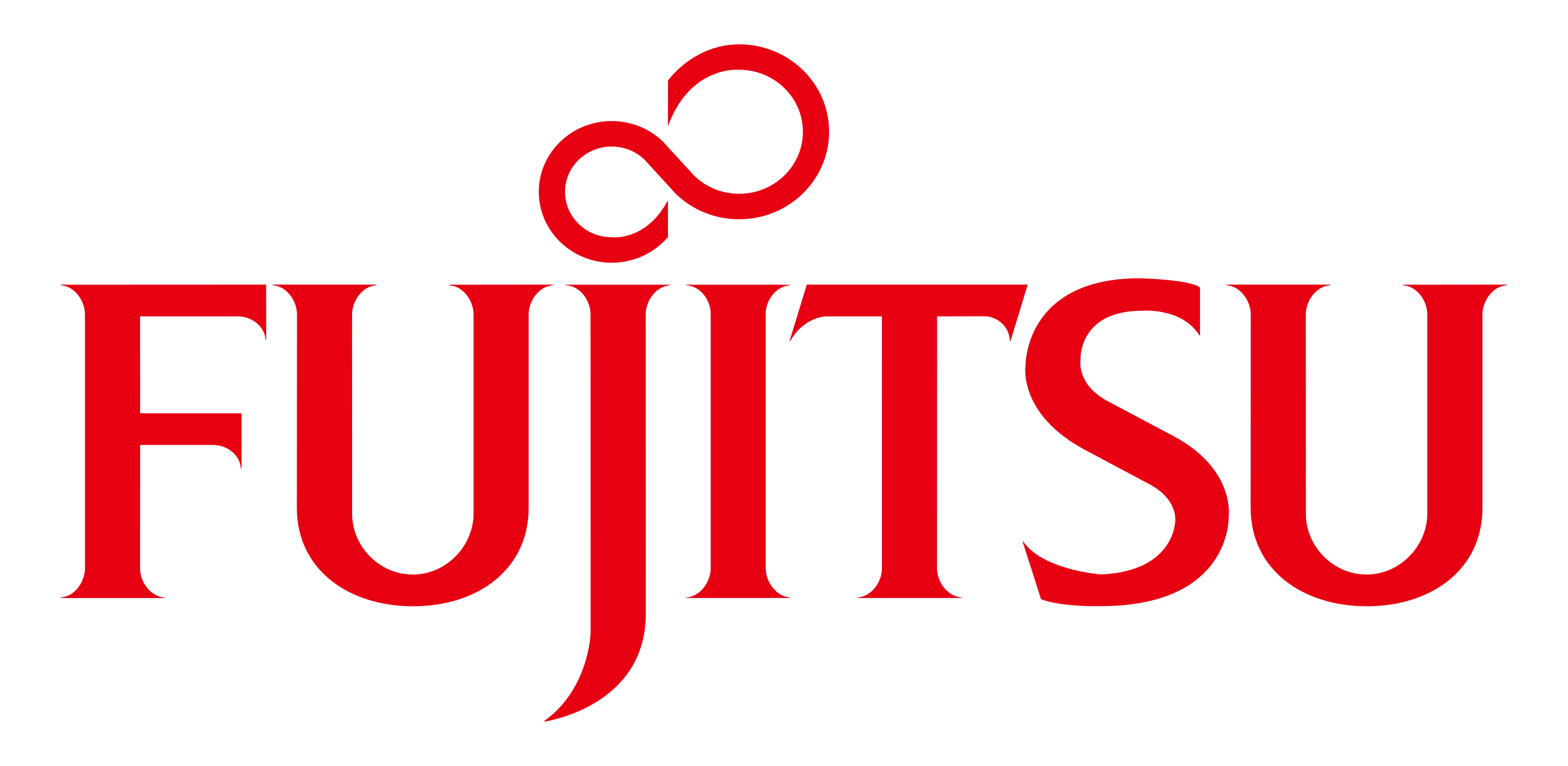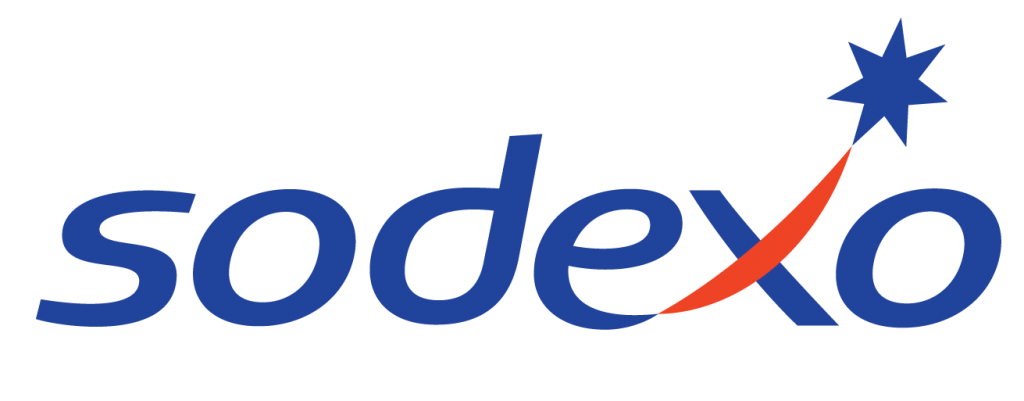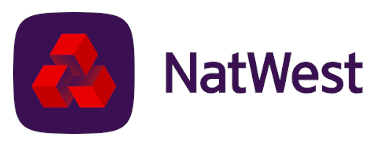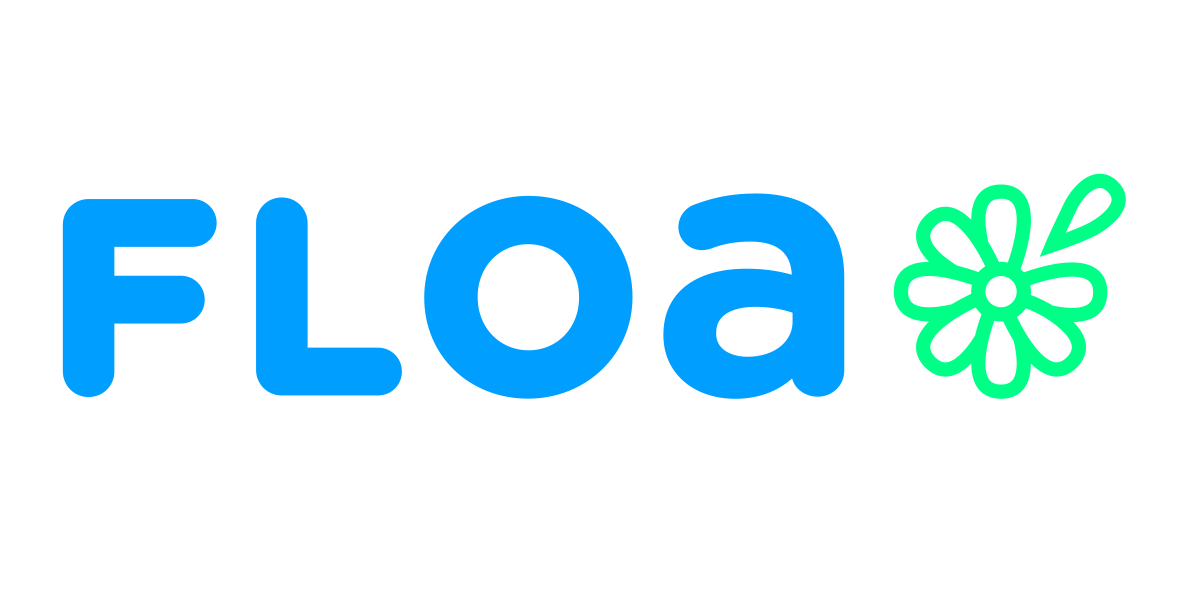Is a complete return to the office still possible? I don’t think anyone knows the answer to that question.
The pandemic changed our disposition and attitude to work. Employees as well as employers were forced to work from home. At first, everyone looked at this type of work with a glance. It was believed that the pandemic would end quickly and we would all return to „normal” work.
This, however, did not happen. From a temporary lockdown for almost a year, we were forced to stay in our homes. We found out that remote work is possible and how many advantages it brings.
Unfortunately, as time has passed, both employers and employees have learned that remote work is not perfect and, like everything, has its dark sides.
The time for change
More and more people need direct contact with their co-workers, not just online meetings. Closing ourselves off at home kills our openness, mobilization, activity, and ability to communicate. We no longer contribute to the life of the company as we did in the pre-pandemic days. These are the downsides of working remotely, and the upsides of working stationary, which were even more noticeable just during the pandemic.
After months of strict restrictions, it was time for businesses in different sectors to gradually open up, and the ideal solution seemed to be hybrid work. Many people quickly became convinced of this model, which allows balancing time at home with that in the office. For people who are less open to the traditional desktop system, coming to the office, for example, 2x a week is no longer as scary as a full week.
Everyone is different and therefore has different needs. Through several factors related to the pandemic, stationary work has become less obvious today. On the other hand, with hindsight and lessons learned, one can see an increased desire among both employers and employees to return to the traditional work mode.
So, what are the advantages and disadvantages of remote, hybrid, and desktop work? What are the benefits of each mode of work and what negatively affects our productivity? How do the younger generations, and those a little older, look at working in the given models? I will try to elaborate on the answers to these questions as well as many others later in the article.
Dream about remote work
With the outbreak of the pandemic, we, like our children, were full of enthusiasm for the „beautiful” vision of working from home. Who wasn’t happy to work on the couch in their living room? At the time, its sheer advantages were apparent, i.e. flexibility, greater accessibility for the family, not wasting time commuting to the office, and thus less expenses. The remote model allows you to work from anywhere in the world, for any company. We can observe this in our example, as there are employees who provide work from, for example, Bialystok or Poznan, which in stationary mode would be impossible or would involve an undoubtedly burdensome move.
Considering the above aspects, it sounds like an ideal system in theory, but is it so? Unfortunately, remote work also has disadvantages that translate into our well-being, activities, cooperation with other people, or just everyday life. Working from home over time begins to become monotonous, we need more motivation to get up earlier, and get ready as we did before going to the office. Interestingly, many psychologists agree that our appearance, how we are dressed, and our surroundings affect our concentration, productivity, and motivation to perform.
Risk of burnout
Working remotely is accompanied by many distractions. We have no control over our time, most of which „runs away” somewhere, and we have to discipline ourselves to get tasks done well and on time.
Remote work for the employer is not an advantage either. The supervisor doesn’t have as much opportunity to monitor the employee’s progress or respond quickly to problems. Lack of bonding in teams, but also less chance of spotting a good employee results in an increased risk of losing him. Another important factor is increased spending, where the main source is empty office space, whose maintenance costs continue to rise.
Psychologists agree that the remote work mode does not serve society. Work and private life lumped together often bring the opposite results. Sometimes we fail to separate the two spheres and stop being productive both at work and in our private lives. This takes a toll on our health and often leads to so-called burnout.
So how do you find the golden mean?
Maybe it is worth convincing ourselves to work hybrid or desktop? Perhaps they are not as bad as we think.
Views on the three different work models vary by age group. It can be noted that young people from the so-called, generation Z are more likely to choose remote or hybrid work. Operating online is almost completely natural for them, they have no problems working from home, and they are fluent in all platforms. This is an unquestionable advantage for them if, in addition to work, they also study, because, for such people, remote work is very often the only option. In addition, it is observed that in the 18-30 age groups, a significant number of people feel more comfortable being alone or in a smaller group of people, that’s how they feel more at ease and can better focus on the tasks at hand. For many, the information about stationary work in an ad makes them not even consider it but move on. This is sometimes a more important factor than the question of salary.
For such people, the compromise is to work in hybrid mode, although in this case, you can also see among its supporters older people for whom it is convenient, for example, if they have children. The hybrid model has among its fans a wider spectrum of people for whom it is a sure break from the traditional stationary system. The combined model offers many benefits for both the employee and the employer. Working this way, we are more mobilized, we meet with the team, and we can go out to lunch together, have coffee, laugh, and talk, about mundane things. Another important aspect is the direct contact with the supervisor himself, which in many cases is easier and more effective than just online. It is more efficient to alert a supervisor in the next room about a possible problem than via email.
As for the stationary model, it is mostly preferred by older people, this is also due to years of habit, but of course, as everywhere, we will find exceptions, because there are also younger people who choose this type. On the other hand, the high rate of this model in Poland is also because there are a lot of professions that cannot be performed in any other mode, primarily we are talking about professions of public trust, such as uniformed services.
Back to the office
Despite the pandemic, social changes, and attitudes toward doing work in Poland, stationary work continues to hold the lead. Most of the population works in this mode, and employers are trying to convince potential employees to choose this model for their employment. Job offers „tempt” with modern offices, with spaces not only strictly for substantive activities but also for entertainment combined with relaxation. Employees very often have special game zones, gyms, cafeterias, and even massage therapists and physiotherapists to help with various ailments resulting from spending long periods at a desk. Employers are also trying to integrate teams by offering joint outings such as lunch, or the opportunity to bring your pet to work, which is becoming increasingly popular. Employees can also take advantage of commuting subsidies if they live a considerable distance from their workplace.
In time, will we return 100 percent to stationary work? I think it’s not possible, but there is a noticeable tendency to encourage employees to choose this model of work, however. On the other hand, there is no denying that the younger generation has a big influence on what the labor market will look like in the next decades, so it is doubtful that remote and hybrid work will be eliminated. One may wonder what the future will look like in this regard but how realistically will it be?

















